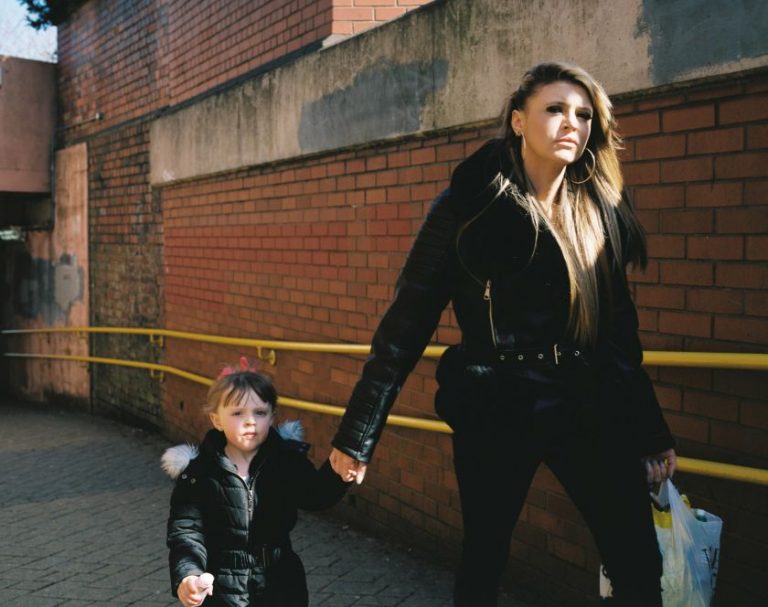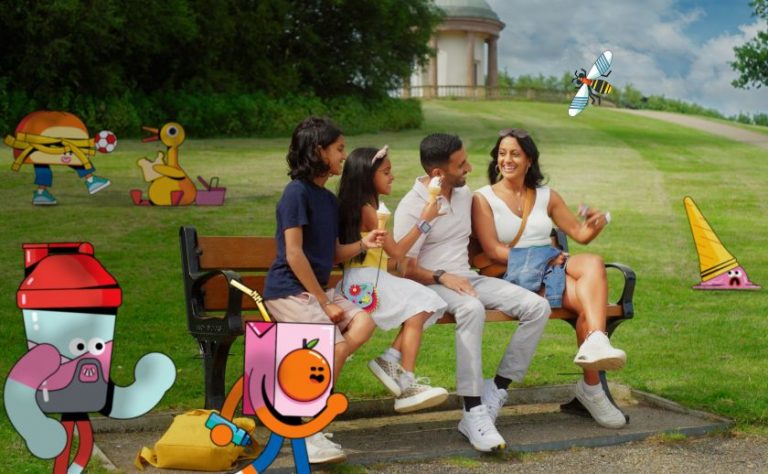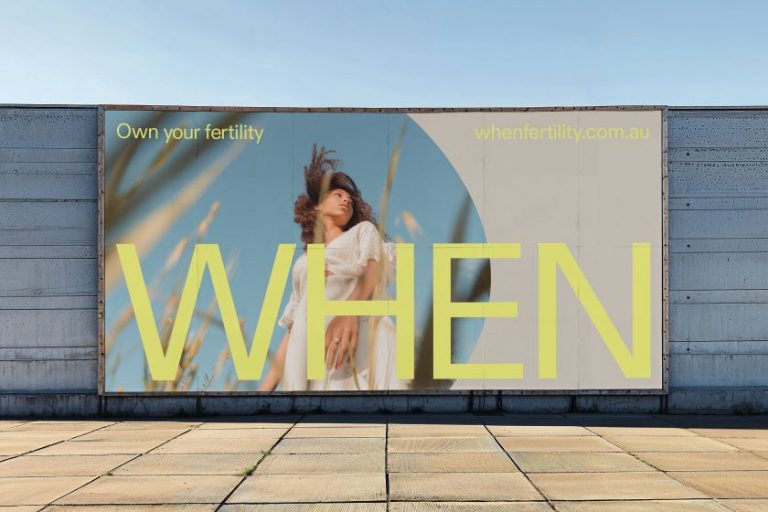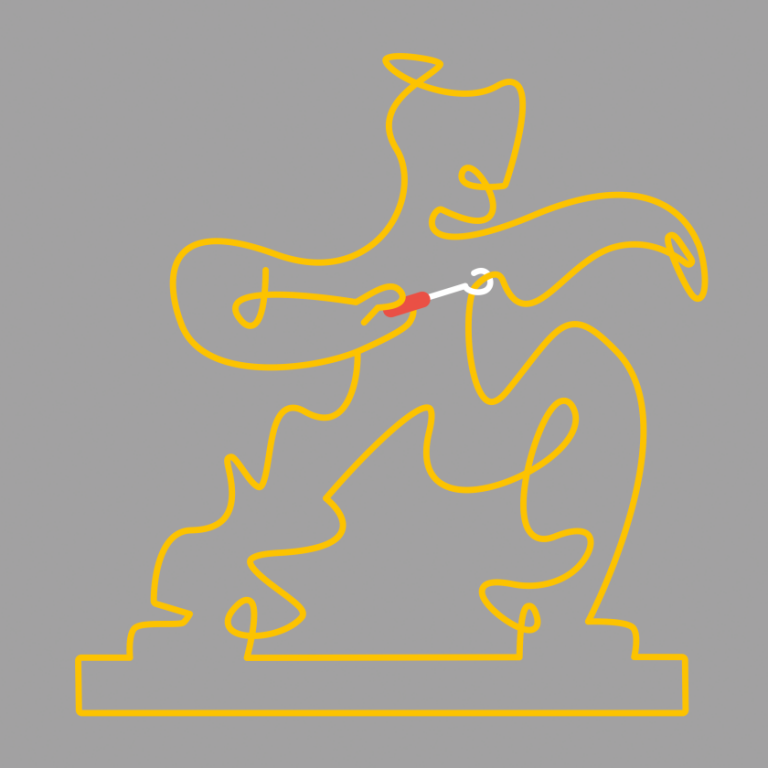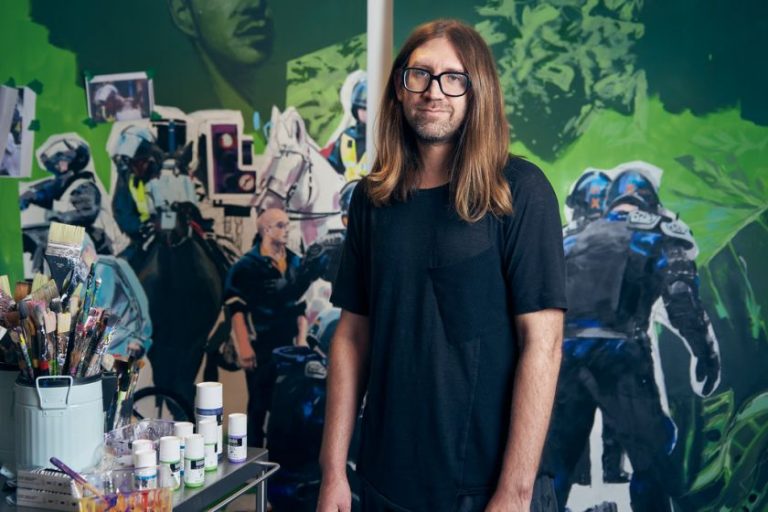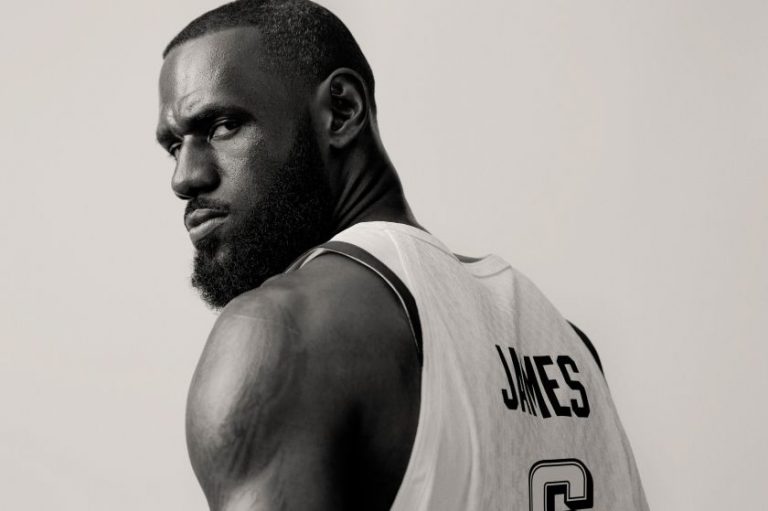Built with Frontify
How do you maintain brand consistency across global touchpoints while still allowing for local variation? We explore the key role played by brand portals and how Frontify makes it easy to create them.
In today’s complex and often chaotic world, it’s becoming more challenging than ever for companies to stand out from the crowd. Even huge household names struggle to maintain dominance in an era of shopping on TikTok, Temu and Instagram, where so-called ‘dupes’ and similarly named competitors can appear out of nowhere and steal your lunch. And it’s even trickier for new companies as they battle the cacophony of online noise in the struggle to cut through.
In both cases, the solution is smart branding that remains consistent across all touchpoints, forging an emotional connection with the audience and ensuring a sense of trustworthiness and reliability.
But in practice, that’s easier said than done. With brands having so many different touchpoints across so many different and varied global markets, maintaining consistency while allowing flexibility for local adaptations can seem like a monumental challenge.
The key? Centralised brand portals.
What are brand portals?
Brand portals act as the backbone for brands, big and small. These cloud-based platforms consolidate everything you need into one place, accessible to employees and external partners alike. From brand messaging to logos, design templates, photography libraries and more, brand portals house it all.
So, what’s the best way to create brand portals? We love Frontify, a cloud-based,brand-building platform that combines DAM (digital asset management), brand guidelines and templates into a collaborative single source of brand truth. In a nutshell, it gives you all the brand assets you need in one place every team member can access.
This centralisation is critical for brand consistency and scaling. It means no more hunting for the latest assets or mistakenly using outdated branding. Teams simply log into the brand portal to access everything they need to represent the brand accurately.
A one-stop shop for brand consistency, if you will.
Speeding up the process
And that’s not all. Brand portals offer more than storage and organisation. They also speed up the process of creating and publishing assets.
That’s because they enable seamless collaboration through expedited content approvals, easy sharing capabilities, and role-based permissions. This way, you can empower local teams to adapt branded assets while ensuring adherence to global brand standards.
And you don’t have to take our word for it. Some of the world’s top brands have embraced this approach, leveraging Frontify to strike the ideal balance between consistency and localisation. To give you a flavour of what this looks like in practice, let’s take a quick look at 10 of them.
1. Uber
In the last decade, Uber has overturned the traditional (clunky and expensive) way of getting a taxi by offering ride-hailing services through a mobile app. It’s quickly spread around the world, making it a key challenge for Uber to brand the service globally but with sensitivity to local cultures.
In this light, Uber set up a brand hub in Frontify in 2019 and hasn’t looked back since. This brand portal makes it easy for the tech giant to manage multiple brands within one central platform. The portal is easy to navigate, so users can easily find the right brand assets for its creative projects.
2. Nestlé
Nestlé is a Swiss multinational food and beverage company, the largest in the world. With over 2,000 brands ranging from global icons like Nescafé and Nespresso to local favourites, Nestlé employs over 270,000 people and operates in 186 countries. And we don’t have to tell you what a monumental branding challenge that presents.
That’s why Nestlé has had a brand portal in Frontify, centralising its brand guidelines and core brand elements under one roof. The company has both a public version of this portal and areas that can only be accessed by registered users. They’re also building dedicated sub-portals for different product brands so that over 2,000 local and global brands can benefit from the portal where and when needed.
3. Budweiser
Budweiser is a pale lager beer produced by Anheuser-Busch, one of the largest breweries in the world. First introduced in 1876, it’s today one of the best-selling beers in the United States and is sold in over 60 countries worldwide.
Budweiser’s brand portal on Frontify brings the brand to life. In one central hub, they house the core elements and assets for its core brands across multiple platforms. Along with a global asset library that houses brand assets for 20 different countries, they’ve built a platform dedicated to the Budweiser Brand World, showcasing the evolving brand identity, core assets, and inspiring content from different campaigns.
4. Kuehne+Nagel
Kuehne+Nagel is a global logistics company based in Switzerland. With over 81,000 employees at over 1,300 locations in over 100 countries, the company provides sea, air, road, and contract logistics services.
First set up in 2020, its brand portal on Frontify has helped improve consistency and efficiency across the business. They’ve since rolled out the Frontify Desktop App for all team members so everyone can instantly access brand guidelines and materials and created brand templates for many use cases. These range from general marketing assets to templates the HR team uses to create job post adverts for social media.
5. TUI
TUI is a German travel and tourism company headquartered in Hanover. With operations in around 180 regions worldwide, it provides services including tour operators, airlines, cruise ships, hotels, and resorts under brands such as Robinson and RIU.
On Frontify, TUI has built a multi-brand hub to manage dozens of brands from one central portal. Each brand has a dedicated space for its guidelines, assets, and creative templates to help teams achieve a consistent identity for the brands. Some TUI sub-brands use pre-built templates to create on-brand marketing collateral (both digital and print) and manage the full feedback and approvals process within its portal.
6. Trustpilot
Nowadays, if you want to find out what customers think about an online service, Trustpilot is the place to look. Headquartered in Denmark, this website hosts more than 120 million reviews of businesses worldwide and aims to bring more transparency to e-commerce.
In terms of branding, the platform’s main goal is to tell its brand story to consumers, businesses, and employees. So, it’s built a centralised portal on Frontify that makes it easy for users to find and access all relevant brand materials.
They’ve created a cover page that makes the whole portal easy to navigate, providing quick, accessible links to core resources. They’ve also built extensive templates for brand materials its users need most and developed a DAM that’s easy to filter and search.
7. Grubhub
Grubhub is an online food ordering and delivery platform based in Chicago that’s quickly becoming popular worldwide. Through its website and mobile apps, Grubhub connects customers with local restaurants, handles menus and orders, and processes payment for delivery and pick-up orders.
On Frontify, Grubhub has built a one-stop shop for everything related to its brand. They’ve also created templates for frequently used asset types so different teams can independently make on-brand assets without needing support from designers or creative teams.
8. Trainline
Trainline is a UK-based digital rail platform that sells train tickets across Europe. With both a website and mobile app, Trainline allows customers to easily search, book, and arrange rail travel via a single platform.
Trainline’s Frontify brand portal is home to its brand guidelines, photography, messaging frameworks and all the other essential elements creative teams need to bring the brand to life. Its DAM is part of its brand portal, and it’s created organised libraries so it’s easy to find the brand assets users need.
9. Tony’s Chocolonely
Tony’s Chocolonely is a Dutch chocolate company aiming to make all chocolate 100% exploitation-free. In addition to selling ethical chocolate bars, Tony’s Chocolonely raises awareness about slavery in the chocolate industry and works to ensure better sourcing practices. A Frontify partner since 2023, its brand platform on the platform doesn’t just house brand guidelines and assets. It also serves as a partner portal that houses toolkits for high-profile campaigns and much more.
10. Leonardo Hotels
Leonardo Hotels is a European hotel chain with over 200 hotels across Europe and 4,000+ employees. Leonardo Hotels offers a variety of accommodations ranging from economy to upscale hotels and resorts under brands like Leonardo, Kempinskis, and NYX.
Its fully-fledged brand portal on Frontify enables employees to apply and live out the brand to the fullest. Templates empower users with the company’s growing content needs across multiple brands and locations. Seamlessly aligned with its brand guidelines, its extensive DAM set-up has boosted efficiency and made it easier for the brand to scale.
Conclusion
As these examples showcase, brand portals will reshape how companies approach brand building in 2024 and beyond. By consolidating brand elements into cloud-based, collaborative portals, organisations can achieve remarkable brand consistency at a global scale while empowering local flexibility.
For brands to win in our dynamic digital age, embracing advanced brand portals is non-negotiable. They provide the critical infrastructure to build iconic brands that shine through any channel, market or medium, and it’s clear that the future of brand building lives within these powerful platforms.
To explore these brand portals and others in more detail, visit the Built with Frontify showcase today.

